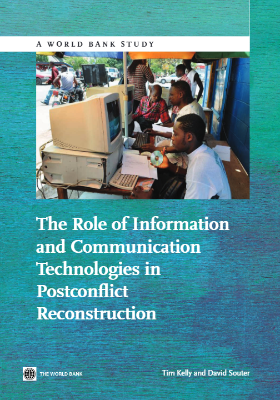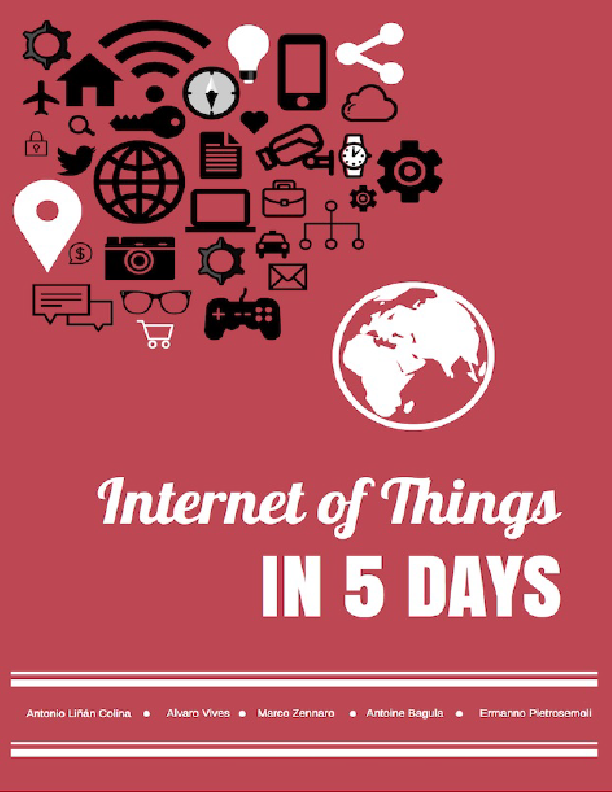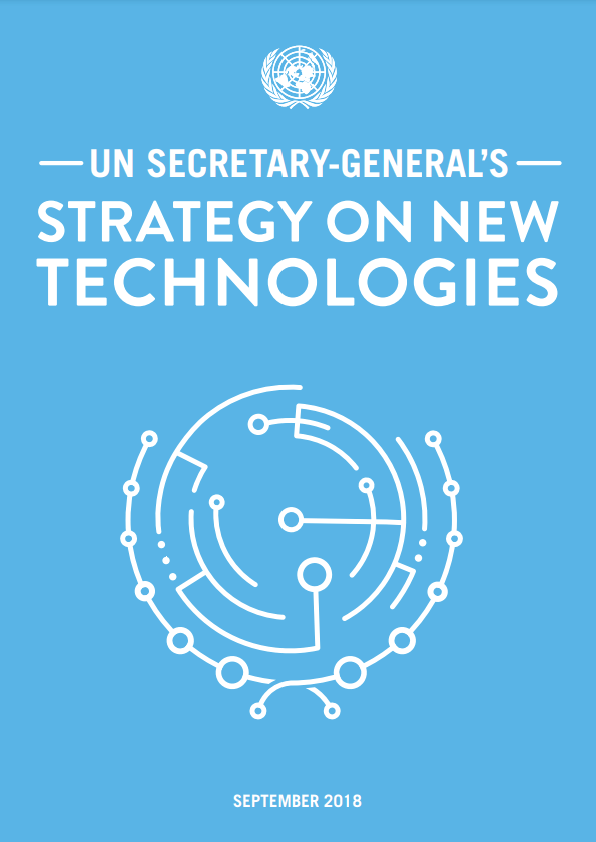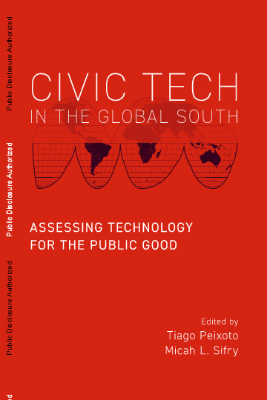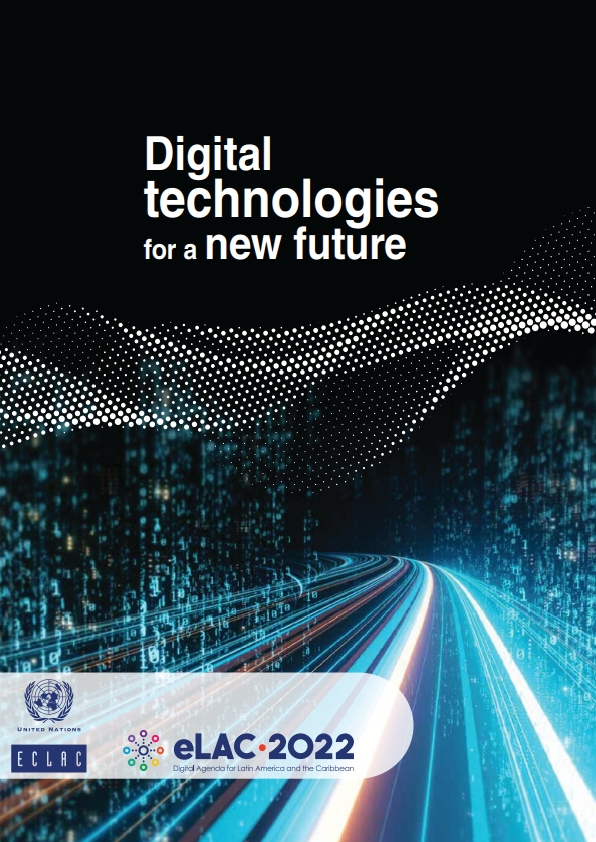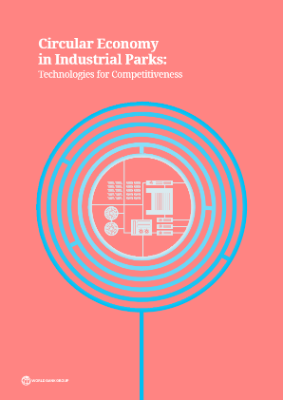This report is concerned with the relationship between information and communication technologies (ICTs) and postconflict reconstruction, especially with ways in which ICTs can be used by governments and donors to support the transition from violence to stability.
The World Bank Group (WBG) has been concerned with sustainable recovery from violent conflict since its origins in 1944—as the name of its leading institution, the International Bank for Reconstruction and Development, indicates. It reviewed experience in postconflict reconstruction at the end of the 1990s1 and, more recently, in its 2011 World Development Report. Development, the WBG recognizes, cannot be achieved in a context of violence and instability. Reconstruction, reconciliation, and the achievement of sustainable, stable government are crucial to economic growth, poverty reduction, and social welfare in countries that have experienced international or civil war. The role of ICTs in development has also been prominent within the Bank’s portfolio since the 1990s, as they have developed rapidly in technological complexity and geographic reach, becoming ever more central to government and business, to the sharing of knowledge, and to interactions between individuals and within communities.
This opening chapter of the report gives an overview of the relationship between conflict, reconstruction and the role of ICTs. It builds on experience within the Bank as well as on a wide range of practitioner, academic, and other literature. It draws on five case studies of aspects of ICT development in societies emerging from conflict, which were commissioned by the Bank and which are reported in subsequent chapters. These case studies were specifically chosen to reflect the experiences of widely differing countries, at different stages of recovery from conflict: Afghanistan following decades of civil war followed by international intervention; Liberia following a negotiated settlement to protracted civil war; Timor-Leste since its troubled acquisition of independence; Rwanda seeking stability in the aftermath of genocide; and Tunisia, which recently experienced not civil war but insurrection leading to a change of government. Two boxes also draw attention to developments in postconflict countries where the World Bank is currently undertaking work concerned with ICTs, the Republic of Somalia and the Republic of South Sudan.
The overview in this chapter seeks to establish a framework for understanding the ways in which ICTs interact with societies in transition from violence to stability, and for leveraging their potential to further that transition. The roots of this lie in understanding two fields of study, policy, and practice:
- Analysis of conflict and postconflict reconstruction
- Analysis of ICTs and the development of an information society.
These two fields are reviewed in Chapters 1 and 2. The third chapter then analyses the relationship between them and proposes a framework for analysis and policy development. Chapter 4 makes a number of recommendations to the World Bank Group, to other donors and development actors, as well as to the governments of countries emerging from violent conflict, and suggests areas for further research.
